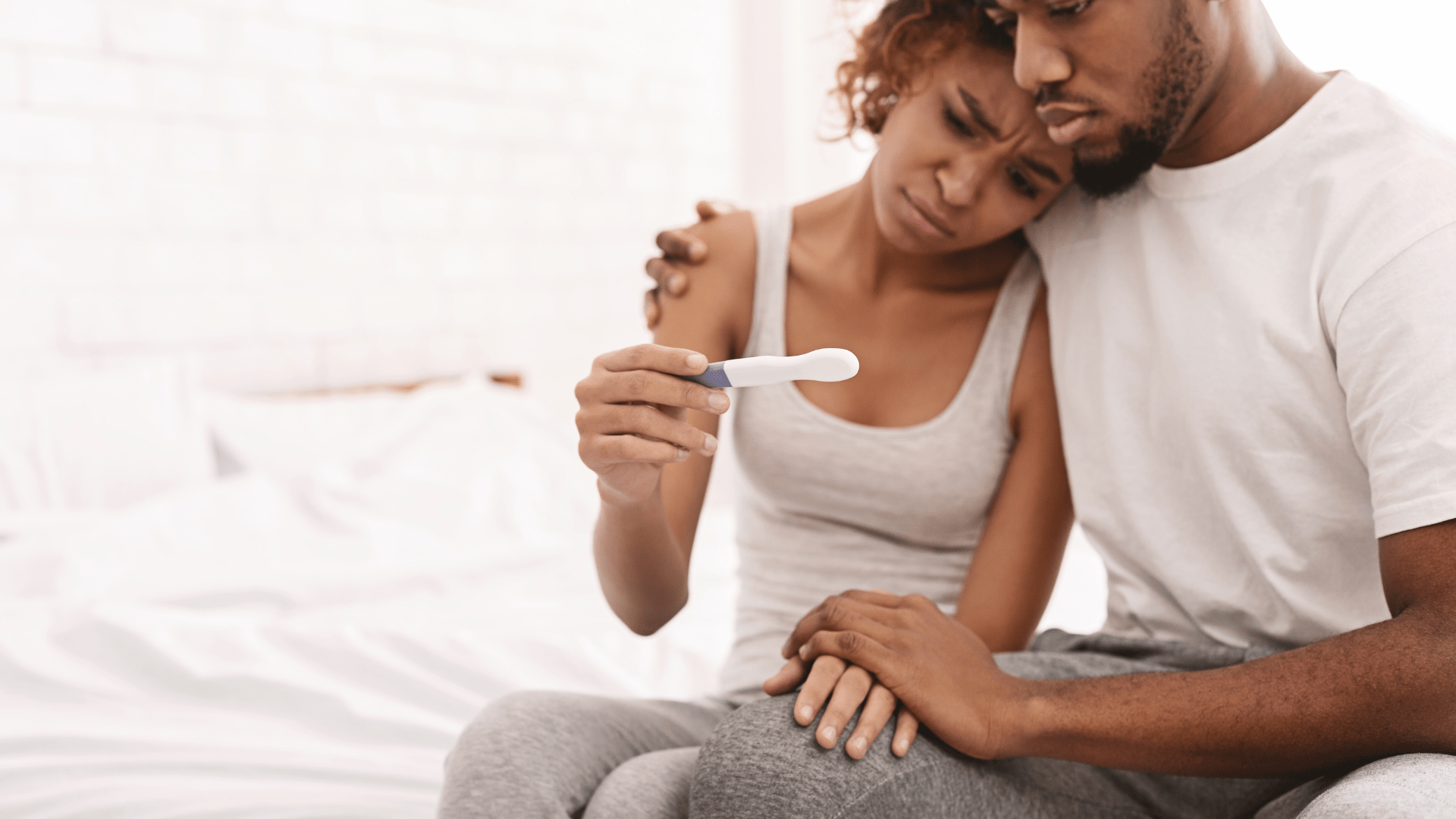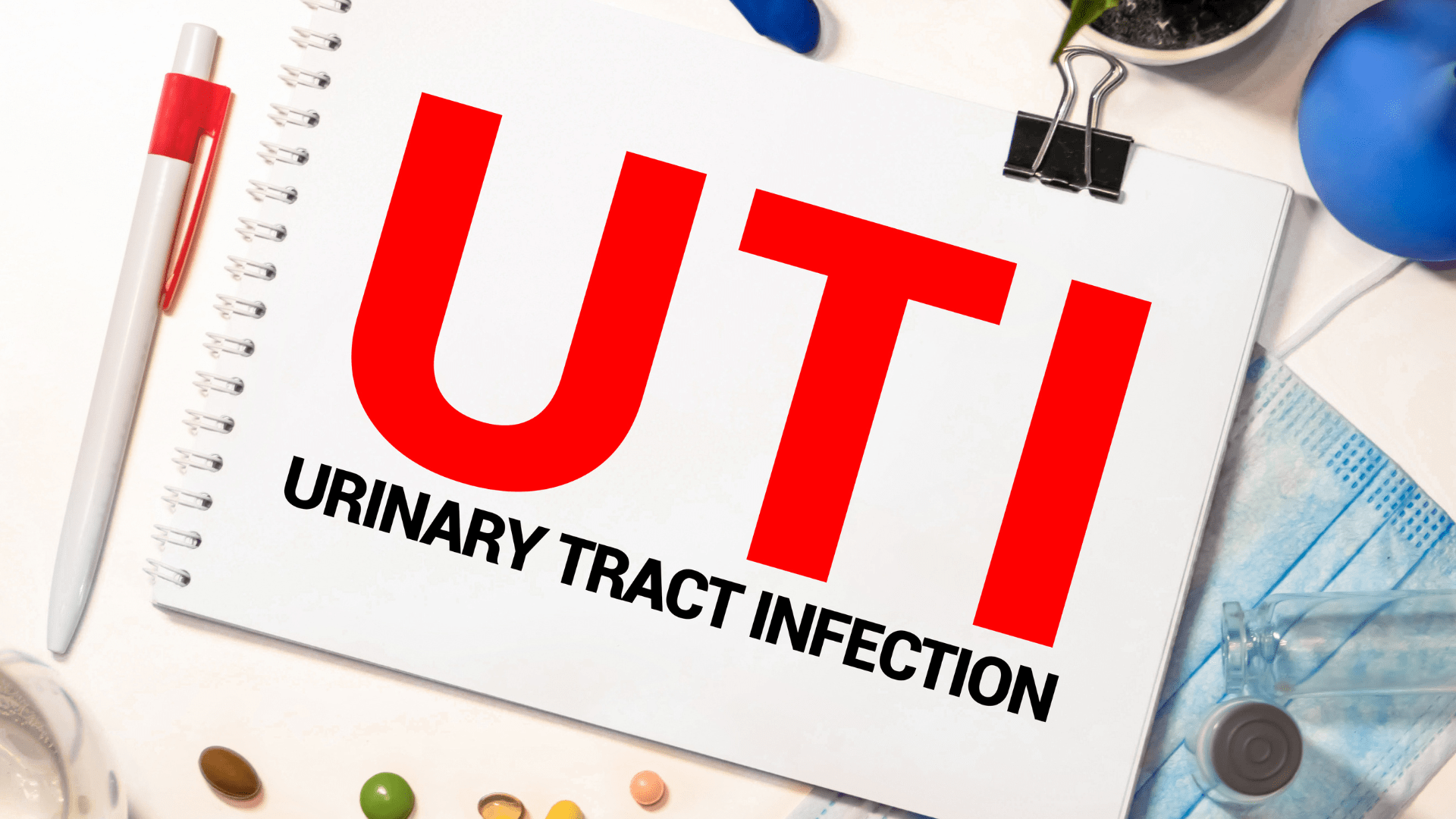You’ve had baby number one (maybe two or three), and it was easy. Fast-forward to now, and suddenly your reproductive system is acting like it needs a whole instruction manual on how to make a baby, as if it hasn’t done this before. You’re tracking your period like a pro, ovulation and pregnancy pee sticks are piling up, and still nothing.
If this sounds familiar, you might be dealing with something called secondary infertility. It’s not talked about often enough because people think, “Well, at least you already have one child, so what’s the problem?”. The fact is that secondary infertility is a very real condition that affects more couples than most people realise. So, let’s talk about why it happens and what you can do about it.
What Is Secondary Infertility?
Secondary infertility is when you’ve had one or more successful pregnancies in the past and are now struggling to conceive again after 12 months of regular and unprotected sexual intercourse, or 6 months if you’re above the age of 35.
Your body has done it before, but something now is standing in the way. It might be a new medical issue, or sometimes it’s lifestyle or age-related changes, or it could just be plain ol’ biology being unpredictable.
Why Secondary Infertility Happens
Yes, you’ve gotten pregnant before, but your body isn’t frozen in time. Things change from hormones, egg quality, medical conditions, stress levels, and yes, even sperm, because infertility is NOT just a woman’s problem. Here are some of the common causes of secondary infertility in both sides:
Causes of Secondary Infertility in Women
- Age (The Egg Factor): As women grow older, fertility naturally declines. The quality and quantity of your eggs in your late 30s are not the same as in your 20s. So, even if you had no issues getting pregnant when you were 28, it might not be the same when you’re 38.
- Hormonal changes: Hormones regulate everything, and imbalances in oestrogen, progesterone, prolactin, or thyroid hormones can affect ovulation and your chances of getting pregnant. So, conditions like Polycystic Ovary Syndrome (PCOS) or even thyroid issues can sneak in after your first pregnancy, throw these hormones out of balance, and cause issues with fertility.
- Pelvic or uterine issues: If you have or have had pelvic infections like untreated STIs or pelvic inflammatory disease, it can block your fallopian tubes, the part of your reproductive system where the egg and sperm meet for fertilization to occur. Some fibroids, depending on the size and location, can also affect fertility. Conditions like endometriosis and Asherman’s syndrome (scarring in your womb, often after surgeries like a C-section or D&C) can make it harder for the embryo to implant.
- Weight and lifestyle factors: Gaining or losing a lot of weight since your last pregnancy can affect your hormones and ovulation. So, excessive exercise without eating right, a poor diet, smoking, alcohol, and high stress levels all play a role in your hormone balance, egg quality, and even the lining of your womb.
- Medical conditions: Medical conditions like diabetes or autoimmune conditions like lupus can interfere with ovulation and fertility. Also, treatments like chemotherapy or long-term steroid use can damage your eggs and affect your menstrual cycle.
Causes of Secondary Infertility in Men
- Sperm Quality: Sperm are like swimmers in a race. You need enough of them (sperm count), they need to swim strongly in the right direction (motility), and they should have the right shape (morphology), to increase the chances of pregnancy. Age, illness, or lifestyle changes can make them fewer, slower, or have odd shapes, which lowers the chances of fertilisation.
- Hormonal imbalances: Testosterone is the fuel for sperm production. If the levels are low due to aging, illness, or pituitary problems, the “factory” doesn’t run at full speed, leading to fewer healthy sperm.
- Lifestyle Factors: Smoking and heavy drinking of alcohol can damage the DNA inside sperm, obesity can affect testosterone levels and reduce sperm count, heat from frequent hot tubs or wearing tight underwear “cooks” sperm and makes them less effective.
- Medical Causes: Varicocele (enlarged veins around the testicle) can reduce the sperm quality, chronic conditions like diabetes and hypertension can affect blood flow, hormones, and sperm production, and infections from untreated STIs or mumps orchitis (that affected the testicles) can damage the tubes that carry sperm. Even medications like chemotherapy drugs and long-term steroids can also drastically lower sperm production.
Signs You Might Be Dealing With Secondary Infertility
Apart from not conceiving after a year of trying or 6 months if you’re older than 35 years, other red flags to look out for include:
- Irregular or absent periods
- Extremely painful or heavy periods
- Pelvic pain or history of pelvic infections/surgeries
- Recurrent miscarriages
- Erectile dysfunction or low libido (in men)
When To See a Doctor

- If you’re under 35 and have been trying for a year.
- If you’re over 35 and have been trying for 6 months.
- If you’re over 40, it is often recommended to see a fertility specialist right away.
- If you’ve noticed any of the “red flags” mentioned earlier, be proactive and get checked as soon as possible.
Your doctor will recommend some fertility tests for you and also a semen analysis for your partner to try to identify the cause of the infertility.
Treatment Options for Secondary Infertility
The treatment depends on the root cause of the infertility. Sometimes it’s simple, sometimes it’s more advanced. It can include:
- Lifestyle changes: Weight management, quitting smoking, reducing alcohol, improving diet, and managing stress.
- Medications: These must be prescribed by your doctor and may include clomiphene or letrozole to induce ovulation, thyroid medications, metformin (for PCOS), or hormonal treatments.
- Surgical options: Removing fibroids, clearing scar tissue, and treating endometriosis.
- Assisted Reproductive Technology (ART): Intrauterine Insemination (IUI), In Vitro Fertilisation (IVF), or using donor eggs or sperm in some cases.
Final Thoughts
Secondary infertility can feel confusing and frustrating, especially when you’ve gotten pregnant before and expected it to be “easier” the next time. But struggling to conceive again doesn’t mean you’re a failure. Fertility changes with time, health, and lifestyle, and you’re not alone in this experience.
The good news? Many couples facing secondary infertility do go on to have healthy pregnancies with the right help. If you’ve been trying for a while and nothing seems to be working, you can speak to a fertility specialist here who can help you figure out what’s going on and guide you through your options.
References
Overview of Infertility – Gynecology and Obstetrics – MSD Manual Professional Edition
Diagnosis and Management of Infertility: A Review – PMC
Secondary Infertility: Causes, Signs, Diagnosis & Treatments





